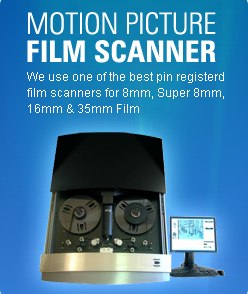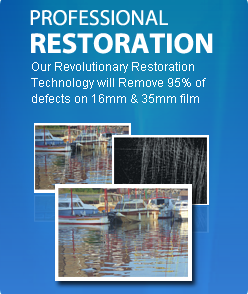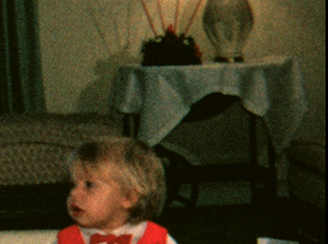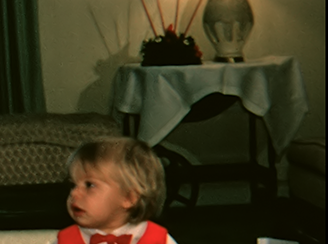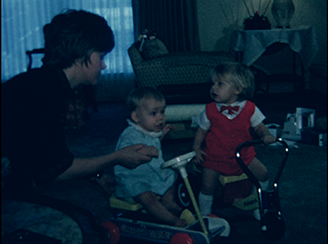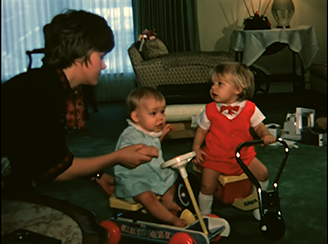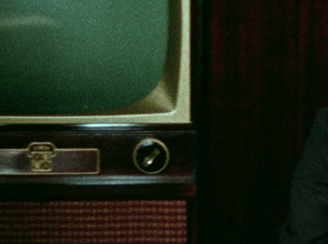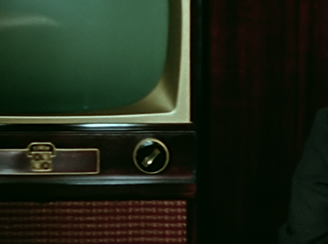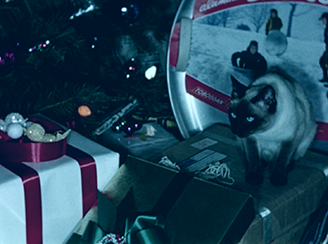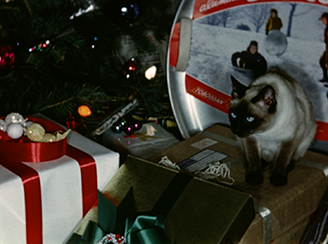
Pro Hollywood Restoration West Valley City
We offer 3 restoration options. Color Correction, Grain Elimination and Stabilization Technology.
About 90% of our West Valley City customers want the color correction and about 75% do the grain elimination. We do also offer image stabilization. It adds a nice touch to those old home movies.
Color correction is very important for amateur film because we will be able to recover more footage that was shot too dark or has darkened as part of the aging process. The scanner monitors the light and color balance and will change it based on pre-determined algorithms. This means it will pump more light through film that is dark and it will back off on film that is too bright. This will allow us to recover footage that would normally be too dark or too light. In addition, after the scan, an editor will go through the footage looking at skin tone and things like the color of the sky to order to make sure it looks correct. You can see in the examples below how much better the images look with our 2 pass color correction.
Grain is on all film. Look at the "Before" picture below compared to the "After" picture. These little dots muddy up the image and take away from the content you care most about. Now, look at the After picture on the right. This is what you really want to see. We do recommend Grain Elimination on all film for our West Valley City customers.
Most amateur films have some stabilization issues just because of the way the film was shot. But, most people are used to seeing this on old movie film (See example video clip below). So, we see stabilization as a nice to have but not required. If you can afford to do it then we would recommend it. If it pushes you outside your budget then we would just recommend the Grain Elimination technology.
Super 8 Film Examples West Valley City
|
|
Before |
After |
|
|
|
|
Before |
After |
16mm Film Examples
|
|
Before |
After |
|
|
|
|
16mm Before |
16mm After |
West Valley City Fun Facts: Situated about 8 miles southwest of Salt Lake City and 41 miles northwest of Provo, West Valley City affords easy access to nearby cities via Interstate Highways I-15 and I-80; as well as Utah State Highways 173 and 201. With a population in six figures, West Valley City is one of the largest cities in the state of Utah. Part of an area which had been largely agricultural for over one hundred years, West Valley City was formed from a conglomeration of the four separate communities of Hunter, Granger, Chesterfield, and Redwood. In 1980, these four unincorporated communities merged to incorporate as West Valley City, only to face a strong challenge a week later in the form of a campaign to do away with the new city.
Utah Fun Facts: At Four Corners, in the southeast, Utah meets Colorado, New Mexico and Arizona at right angles, the only such meeting of states in the country. Utah became the 45th member of the union on Jan. 4, 1896, with Salt Lake City as its capital. Utah is known for having some of the best skiing in the country, and the mountains near Salt Lake City receive an average of 500 inches of snow per year.
